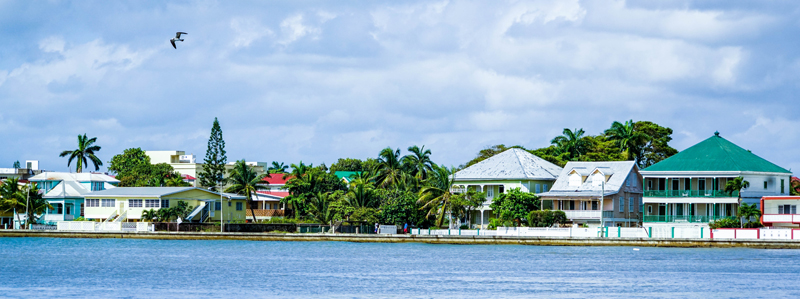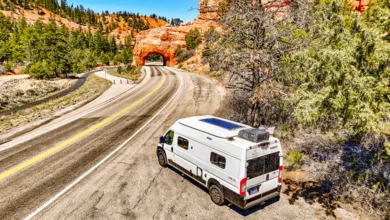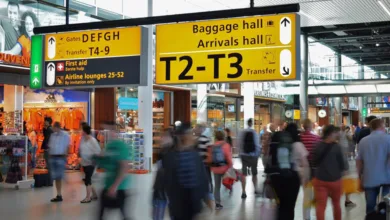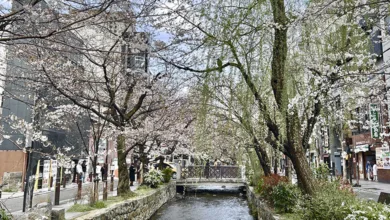Dipping Your Toes in the ExPat Pond, Part 3
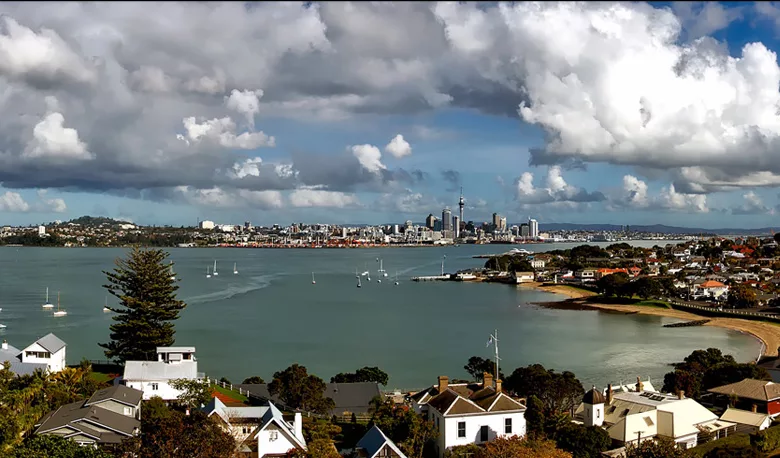
What to Look for When You Try Out Living Abroad
The world is full of overseas havens: Great weather, low costs, rich in opportunity. Welcoming, safe communities. Good, inexpensive health care. Freedom, fun, and adventure.
In our last article (www.fyi50stg.wpengine.com/2020/01/07/dipping-your-toes-in-the-expat-pond-part-2/), we talked about how to check out locations for your first ExPat experience. Maybe you’ve already taken an exploratory trip or two.
 Shorter, exploratory trips help you rule out options. If you don’t like a place, you may realize it quickly. And you’ll get used to the idea of living away from home. By the second week, a little longer than most vacations, you will realize what you’re missing from home. Take note. These may be the items you decide to take with you to your new home.
Shorter, exploratory trips help you rule out options. If you don’t like a place, you may realize it quickly. And you’ll get used to the idea of living away from home. By the second week, a little longer than most vacations, you will realize what you’re missing from home. Take note. These may be the items you decide to take with you to your new home.
Now it’s time to dig deeper and find the right fit for you.
Explore. Be awed by the local atmosphere. See what there is to see. Then, start looking at it from a “Buying a House” perspective.
Reconsider the distance from family, any potential language issues, the climate in “low” season, activities, healthcare, education options, and the standards and costs of living.
If you still need or want to work, learn about the quality of internet service and the ability to work in your new country.
In much of Central and South America, Spanish is the country’s language. But places like Panama, Belize, and Uruguay not only speak English, they also use the U.S. Dollar as currency. So you needn’t worry about currency exchange fees or doing pesky calculations each time you go to the market.
Belize CityHaving an apartment at your new destination, instead of a hotel room, allows you the opportunity to cook and feel right at home. Go to the local grocery store. Look for items you regularly use to prepare meals. Are they available?
Many brand and processed items may not be, so see what alternatives are available.
Go to local farmer’s markets. You may find yourself leaving with arms full of fresh produce for just pennies on the dollar of what you paid in the U.S. Learning to live on locally produced items is a great lesson, no matter where you find yourself.
Try local restaurants. Find out how much it will cost to have lunch or dinner out, but avoid tourist areas to get an idea of the real cost. What might cost $50 in the U.S. may cost $12, including a drink and tip.
Walk the beaches. Check out the local activities and entertainment. Realize areas with a college tend to have more opportunities for shows and lectures.
Investigate the local ex-pat community. While you may not want all your new friends to be American, it is nice and helpful to join a group that has “been there, done that.”

